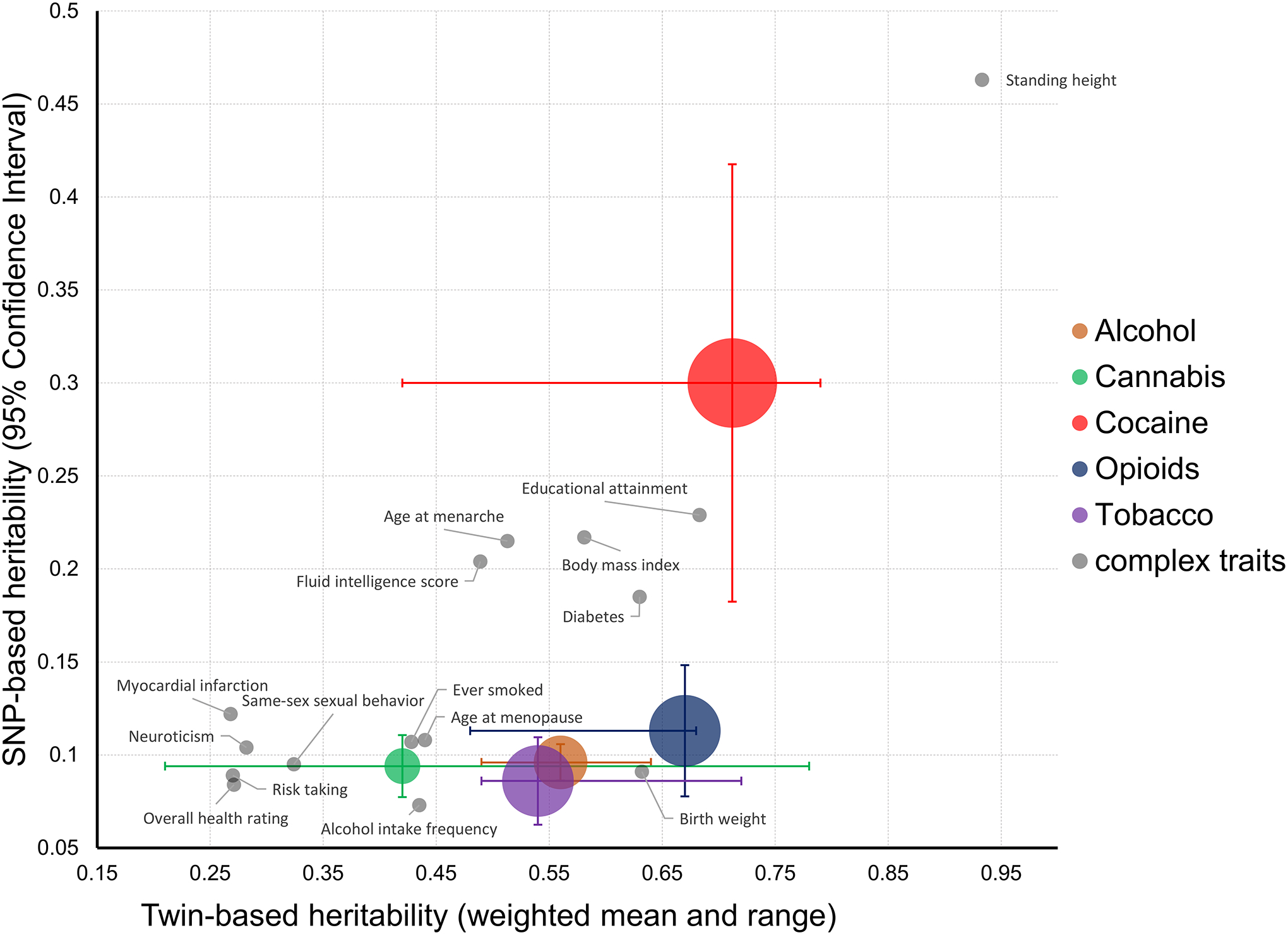Figure 3 |. Twin-based versus SNP-based heritabilities of alcohol, cannabis, cocaine, opioid, and tobacco addictions.

Twin-based heritabilities (weighted means and ranges) were previously estimated in US surveys of addictive agents in adult twin pairs186. SNP-based heritabilities were previously estimated by genome-wide association studies using linkage disequilibrium score regression13, 37, 44, 48, 185. Bubble size represents the relative risk of addiction for each substance187. Vertical bars represent 95% confidence intervals for the SNP-based estimate, and horizontal bars represent the twin-based range. Family-based and SNP-based heritabilities of complex traits previously calculated using UK Biobank data188 are also plotted. The differences between twin-based and SNP-based heritabilities (i.e., the ‘missing heritability’) for four of the addictions shown is in line with those observed among other human traits and diseases. The only exception appears to be cocaine addiction that presents a large 96% confidence interval due to the small sample size of the largest genome-wide association study available for this trait to date.
